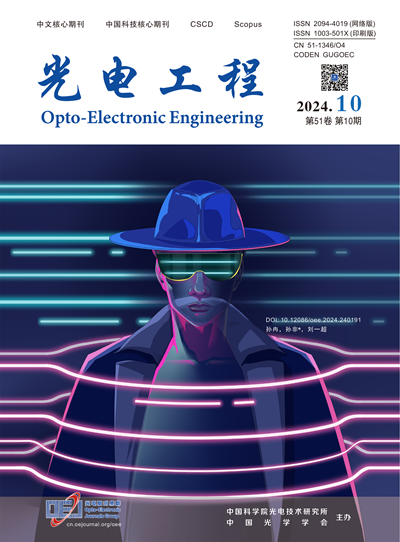车辆识别码检测与识别的弱监督学习方法
Q3 Engineering
引用次数: 0
摘要
车辆识别码(VIN)对车辆年检具有重要意义。然而,由于缺乏字符级注释,不可能对VIN执行单字符样式检查。为解决这一问题,设计了一种VIN单字符检测识别框架,并提出了一种无字符级标注的弱监督学习算法。首先,对VGG16-BN各层特征信息进行融合,得到包含单字符位置信息和语义信息的融合特征图;其次,设计了字符检测分支和字符识别分支的网络结构,提取融合特征图中单个字符的位置和语义信息;最后,利用文本长度和单字符类别信息,对车辆识别码数据集进行弱监督,不需要字符级标注。在VIN测试集上,实验结果表明,该方法的Hmean得分为0.964,单字符检测识别准确率为95.7%,具有较高的实用性。本文章由计算机程序翻译,如有差异,请以英文原文为准。
A weakly supervised learning method for vehicle identification code detection and recognition
The vehicle identification code (VIN) is of great significance to the annual vehicle inspection. However, due to the lack of character-level annotations, it is impossible to perform the single-character style check on the VIN. To solve this problem, a single-character detection and recognition framework for VIN is designed and a weakly supervised learning algorithm without character-level annotation is proposed for this framework. Firstly, the feature information of each level of VGG16-BN is fused to obtain a fusion feature map with single-character position information and semantic information. Secondly, a network structure for both the character detection branch and the character recognition branch is designed to extract the position and semantic information of a single character in the fusion feature map. Finally, using the text length and single-character category information, the proposed framework is weakly supervised on the vehicle identification code data set without character-level annotations. On the VIN test set, experimental results show that the proposed method realizes the Hmean score of 0.964 and a single-character detection and recognition accuracy rate of 95.7%, showing high practicability.
求助全文
通过发布文献求助,成功后即可免费获取论文全文。
去求助
来源期刊

光电工程
Engineering-Electrical and Electronic Engineering
CiteScore
2.00
自引率
0.00%
发文量
6622
期刊介绍:
Founded in 1974, Opto-Electronic Engineering is an academic journal under the supervision of the Chinese Academy of Sciences and co-sponsored by the Institute of Optoelectronic Technology of the Chinese Academy of Sciences (IOTC) and the Optical Society of China (OSC). It is a core journal in Chinese and a core journal in Chinese science and technology, and it is included in domestic and international databases, such as Scopus, CA, CSCD, CNKI, and Wanfang.
Opto-Electronic Engineering is a peer-reviewed journal with subject areas including not only the basic disciplines of optics and electricity, but also engineering research and engineering applications. Optoelectronic Engineering mainly publishes scientific research progress, original results and reviews in the field of optoelectronics, and publishes related topics for hot issues and frontier subjects.
The main directions of the journal include:
- Optical design and optical engineering
- Photovoltaic technology and applications
- Lasers, optical fibres and communications
- Optical materials and photonic devices
- Optical Signal Processing
 求助内容:
求助内容: 应助结果提醒方式:
应助结果提醒方式:


